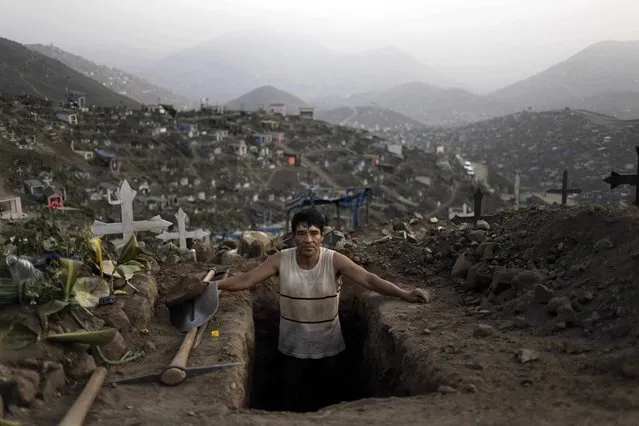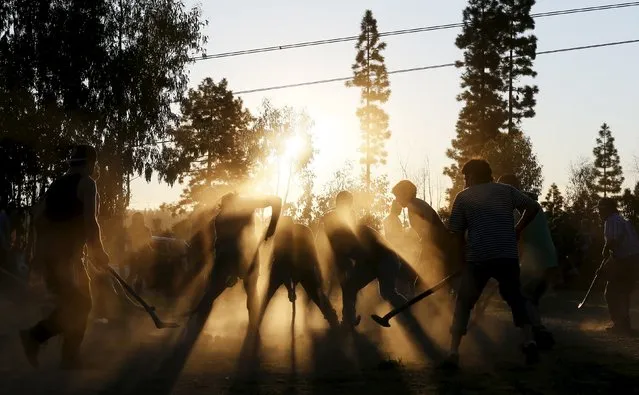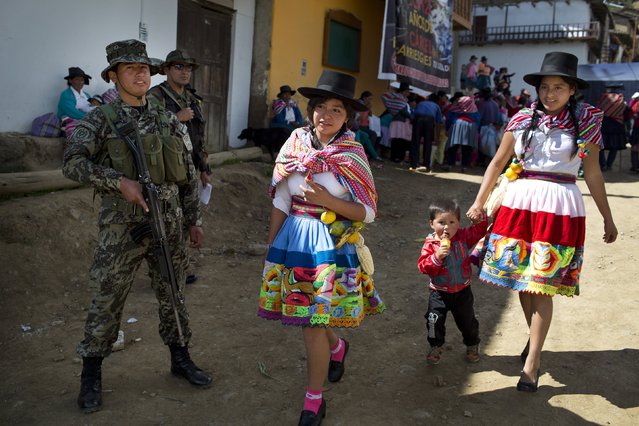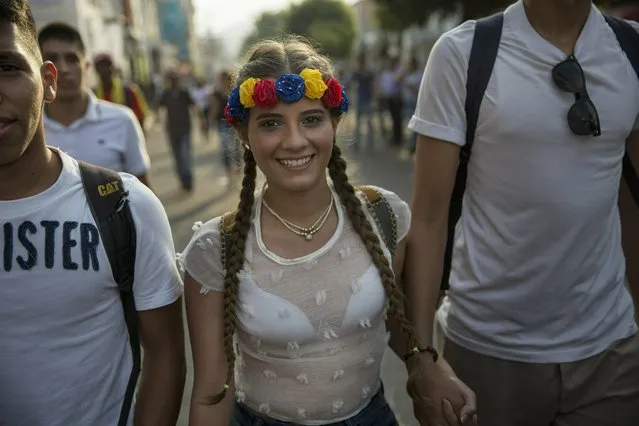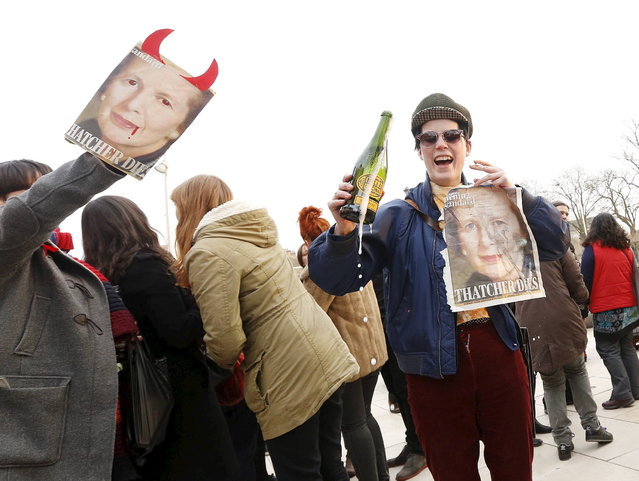
Olivia Munn looks stunning in a holiday fashion campaign. The US actress shows off her sophisticated and elegant side in images shot for La Ligne's latest holiday 2022 campaign. The Magic Mike star showcases her toned legs in pictures, photographed by Pamela Hanson at the Hotel Chelsea in New York City on December 8, 2022. (Photo by Pamela Hanson/The Mega Agency)
18 Dec 2022 06:22:00,post received
0 comments

